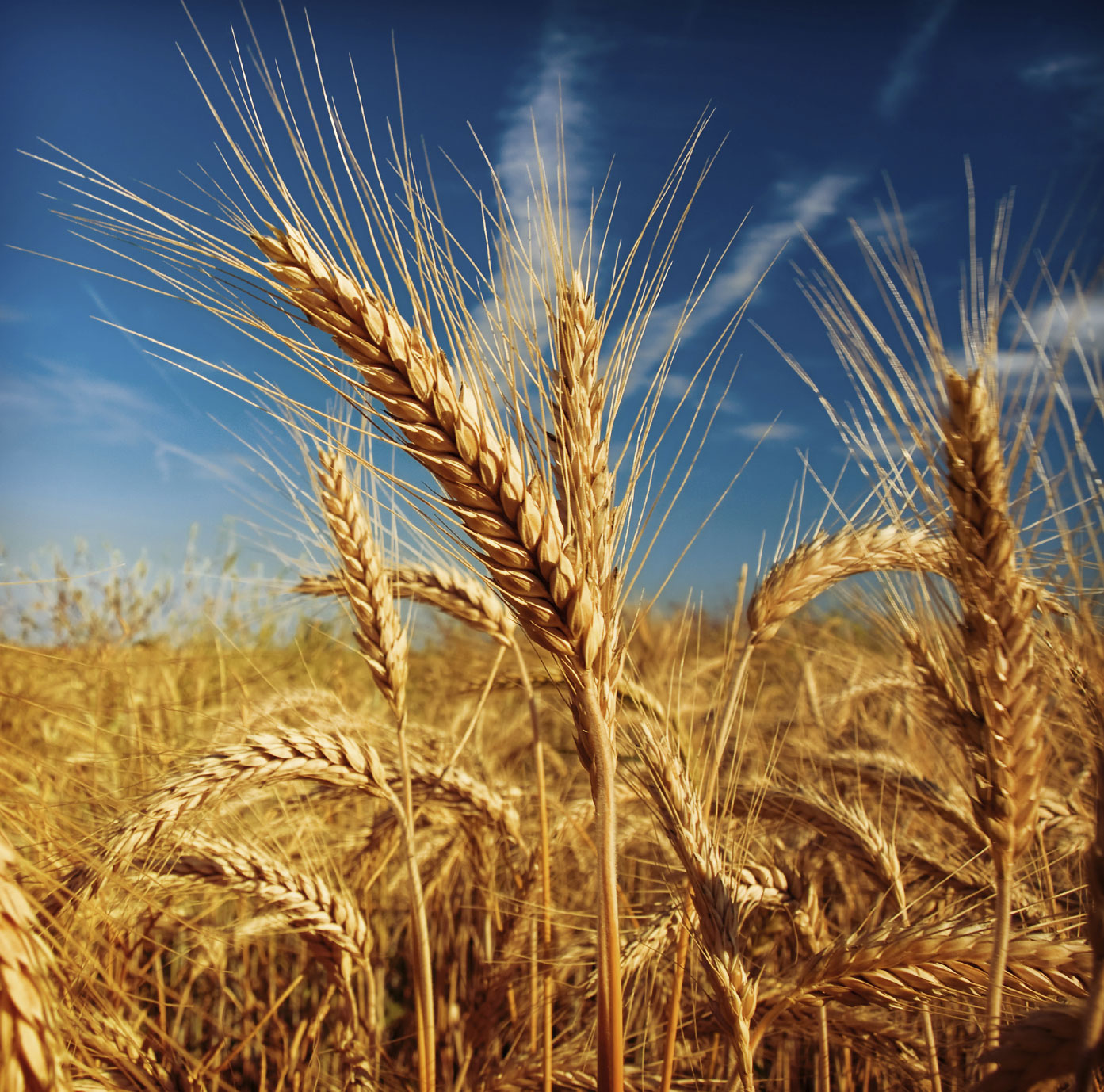Published in the May 23 – June 5, 2018 issue of Morgan Hill Life
By Kate Russell

Oats are members of the grain family. Like other cereal grains, the seeds we use to make oatmeal are actually a fruit, called a caryopsis. Unlike other grains, oats contain a legume-like protein. Commonly grown for livestock fodder and human use, there are plenty of other reasons to grow this versatile weed-come-cereal-grain.
Oats make an attractive stand of tall stalks and waving seed heads. As an annual, oats will reseed an area indefinitely. Unlike other grain crops, oats are not as attractive to most small songbirds, but larger birds may flock to them.
Benefits of adding oats:
- Deep roots counteract compacted soil and improve soil structure
- Help retain nitrogen in the soil
- A nutritious chicken food
- Prevent erosion
- Used as a green manure
- Provide weed control when grown with other crops.
How to grow oats
Oats can be planted as soon as temperatures are consistently higher than 40°F. Seeds can be broadcast over an area and raked in or, in the case of severely compacted soil, a drill can be used to create holes 1/2 to 1 inch deep. Oats are heavy feeders, so side dressing young plants will give them the nutritional boost they need. Oats are more tolerant of cooler temperatures and rain than other cereal grains, making them a good late winter and early spring crop. Oats take slightly less than three months to mature, so plan accordingly.
Pests and diseases of oats
Bacterial blights can affect oats, along with stem and bulb nematodes, and barley root knot nematodes, dried fruit beetles, and crane fly larvae. Fungal diseases, such as leaf blotch, stem rust, crown rust, and powdery mildew are common, but not serious, threats for the home garden. This cereal grain is great to add to your annual crop rotation, garden, or landscape.
Kate Russell is a UCCE master gardener. Details: mgsantaclara.ucanr.edu or (408) 282-3105 between 9:30 a.m. and 12:30 p.m. Monday – Friday.






